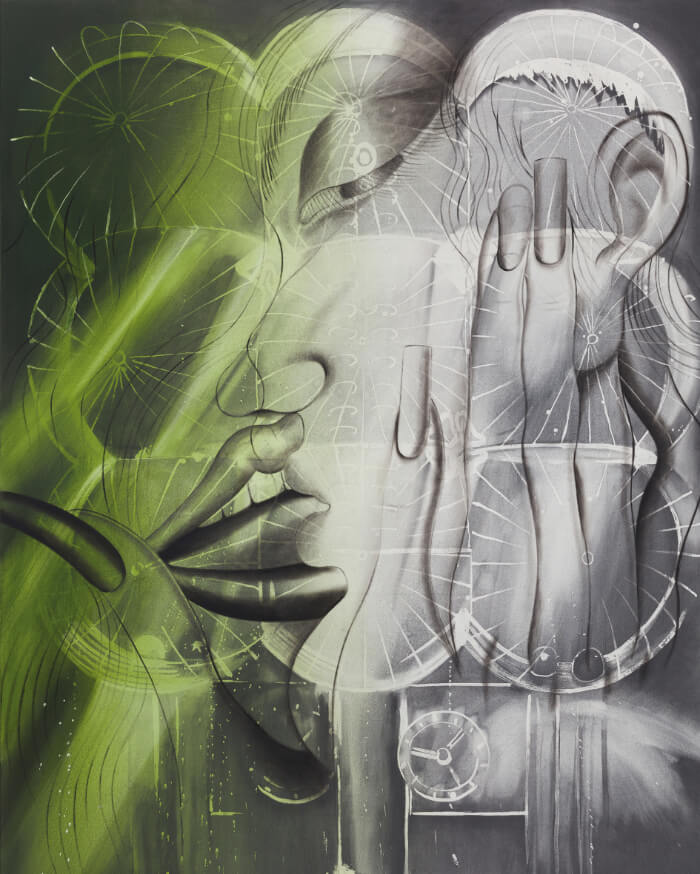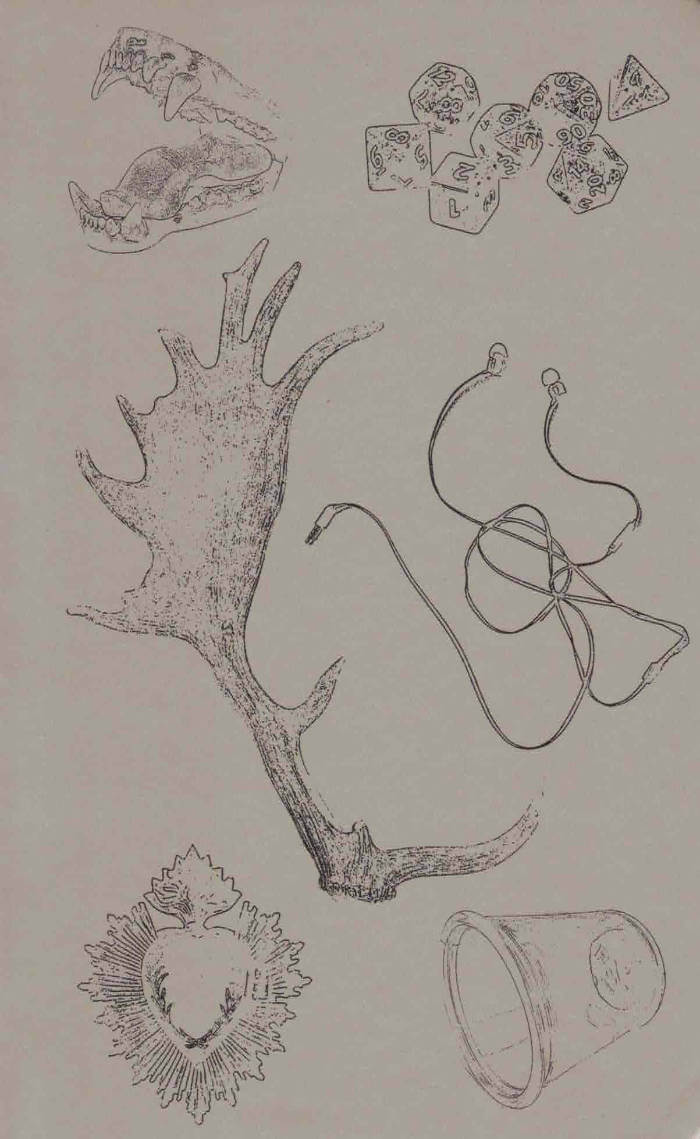
Rise and Fall of the Middlemen
A visual and poetic investigation of the enigmatic figure of the "Middleman", combining short punchlines and full-page illustrations, which are wryly reminiscent of Kafka's fictional world. The publication comes with a cardboard puppet, to be screwed and assembled.
Who is the Middleman? A viewer? An author who mediates between the world of ideas and the material world by creating drawings, sculptures, and texts? A simplified and symbolic puppet that can be moved by various forces?
In his latest book, artist Honza Zamojski makes an illustrative and poetic attempt to describe the Middlemen, their everyday life, and the realities that surround them. The book's short punchlines mark the rhythm of the Middelmen's life and their movements in the illustrations, which are wryly reminiscent of Kafka's fictional world.
Produced by the International Centre of Graphic Arts (MGLC) in Ljubljana and realized on the occasion of the exhibition Middleman in 2023, the publication comes with a Middleman cardboard puppet, literally the "hero taken from the book and put aside," a playful object to be screwed together, assembled, and dealt with, sometimes feeling a bit guilty.







